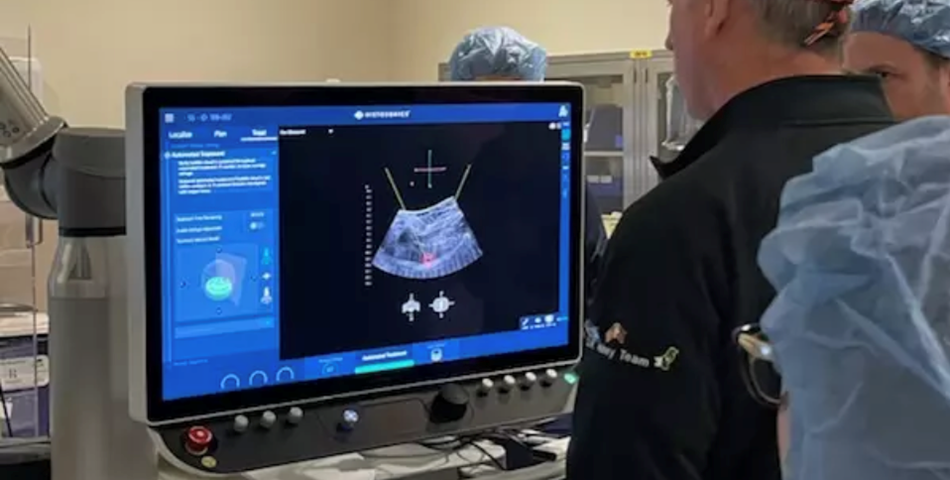A recent groundbreaking development in the field of urology has brought new hope to patients with kidney tumors. AdventHealth Celebration has introduced a pioneering procedure utilizing histotripsy, a non-invasive technique employing sound waves to eradicate tumors. Spearheaded by Dr. Michael McDonald, a distinguished urologist, this marks the inaugural application of histotripsy for kidney tumors within the multi-centered #HOPE4KIDNEY Trial.
Histotripsy offers several key advantages in the treatment of kidney tumors. Firstly, it is non-invasive, obviating the need for incisions and needles, which may potentially reduce the risks of infection and bleeding associated with traditional surgical procedures. Additionally, this targeted therapy precisely targets and destroys tumor cells while sparing healthy surrounding tissue, potentially leading to improved preservation of kidney function. Furthermore, histotripsy shows promise in reducing complications typically associated with current treatments such as partial nephrectomy and thermal ablation.
Despite these promising advancements, it is important to note that histotripsy is still in the early stages of investigation for kidney tumors. While it has received FDA approval for the treatment of liver tumors, its application in the context of kidney tumors is still undergoing research and evaluation. The #HOPE4KIDNEY Trial, aimed at enrolling 68 patients, seeks to rigorously assess the safety and efficacy of histotripsy in the treatment of kidney tumors.
Histotripsy operates akin to a magnifying glass concentrating light, but instead focuses sound waves through the body. These high-intensity, focused ultrasound waves induce the formation of microscopic bubbles within the targeted tissue. As the sound waves pulsate, these bubbles rapidly expand and collapse, generating powerful physical forces that disrupt and liquefy the tissue. This phenomenon, known as cavitation, effectively destroys targeted cells while minimizing harm to surrounding healthy tissue.
While the notion of utilizing focused ultrasound for medical purposes has roots dating back centuries, modern histotripsy research gained significant traction in the 2000s. Initially explored for treating brain lesions, its application has since diversified to encompass various tissues such as the liver, prostate, and now, the kidneys. This evolution reflects ongoing efforts to harness technological advancements in the medical field to develop innovative and minimally invasive treatment modalities for a range of medical conditions.
https://www.nadadventist.org/










